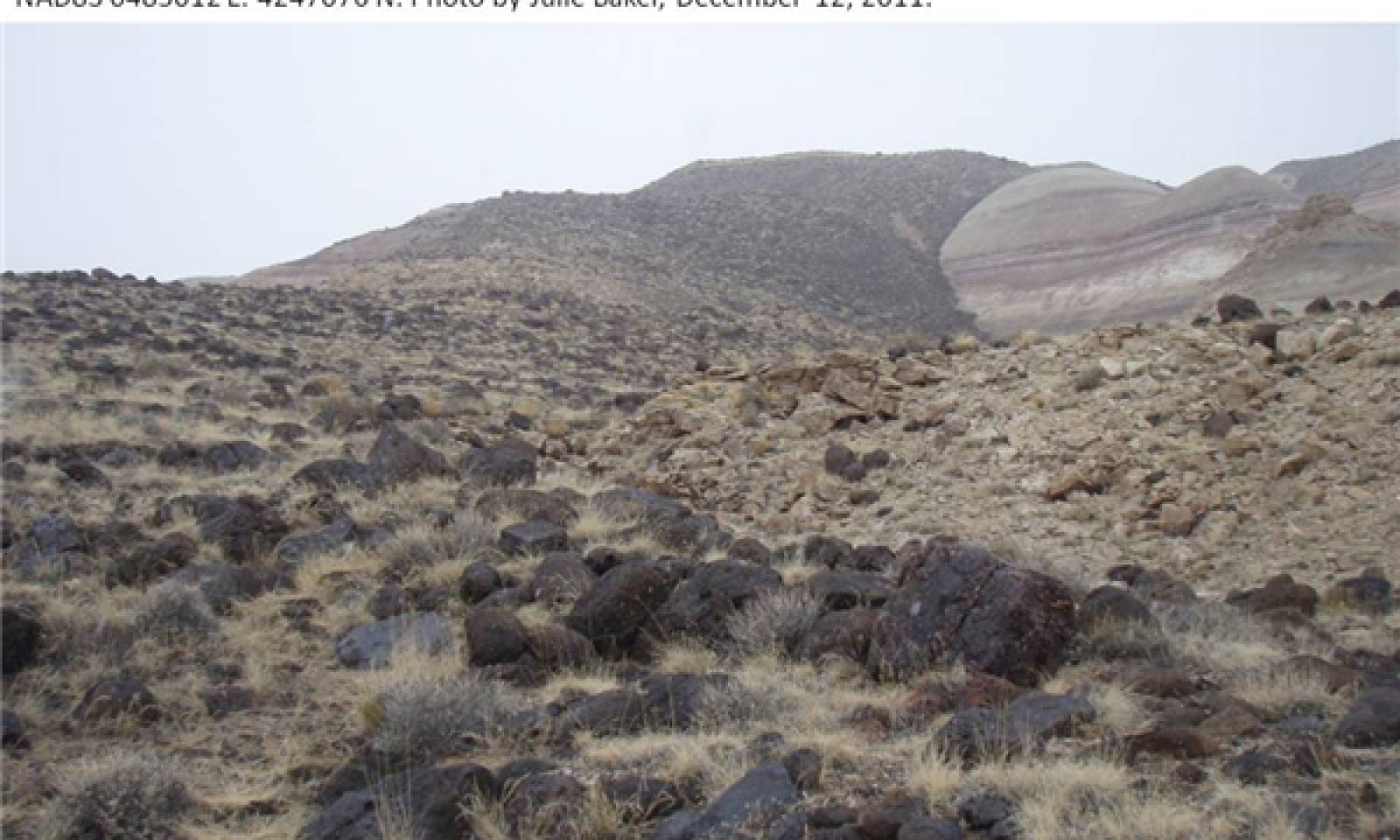
Desert Shallow Clay (Shadscale)
Circle-spoke model
Scenario model
Current ecosystem state
Select a state
Management practices/drivers
Select a transition or restoration pathway
-
No transition or restoration pathway between the selected states has been described
Target ecosystem state
Select a state
Description
The reference state is highly resistant to change due to the harsh soil environment of this site. Few species can readily establish and dominate on a shallow, clay, salt-affected soil with only 7-9.5 inches of annual precipitaion. The fuel loads are too sparse to carry a fire, and insect or disease impacts have not been documented to have a major impact on the plant community of the site. The resulting condition is a reference state that perpetuates itself on the site indefinately under natural historical conditions.
To this point, no non-native invasive species have been documented on this site, however, it is expected that cheatgrass, Russian thistle, and/or annual mustards may be able to establish as a result of disturbance.
Submodel
Model keys
Briefcase
Add ecological sites and Major Land Resource Areas to your briefcase by clicking on the briefcase (![]() ) icon wherever it occurs. Drag and drop items to reorder. Cookies are used to store briefcase items between browsing sessions. Because of this, the number of items that can be added to your briefcase is limited, and briefcase items added on one device and browser cannot be accessed from another device or browser. Users who do not wish to place cookies on their devices should not use the briefcase tool. Briefcase cookies serve no other purpose than described here and are deleted whenever browsing history is cleared.
) icon wherever it occurs. Drag and drop items to reorder. Cookies are used to store briefcase items between browsing sessions. Because of this, the number of items that can be added to your briefcase is limited, and briefcase items added on one device and browser cannot be accessed from another device or browser. Users who do not wish to place cookies on their devices should not use the briefcase tool. Briefcase cookies serve no other purpose than described here and are deleted whenever browsing history is cleared.
Ecological sites
Major Land Resource Areas
The Ecosystem Dynamics Interpretive Tool is an information system framework developed by the USDA-ARS Jornada Experimental Range, USDA Natural Resources Conservation Service, and New Mexico State University.
